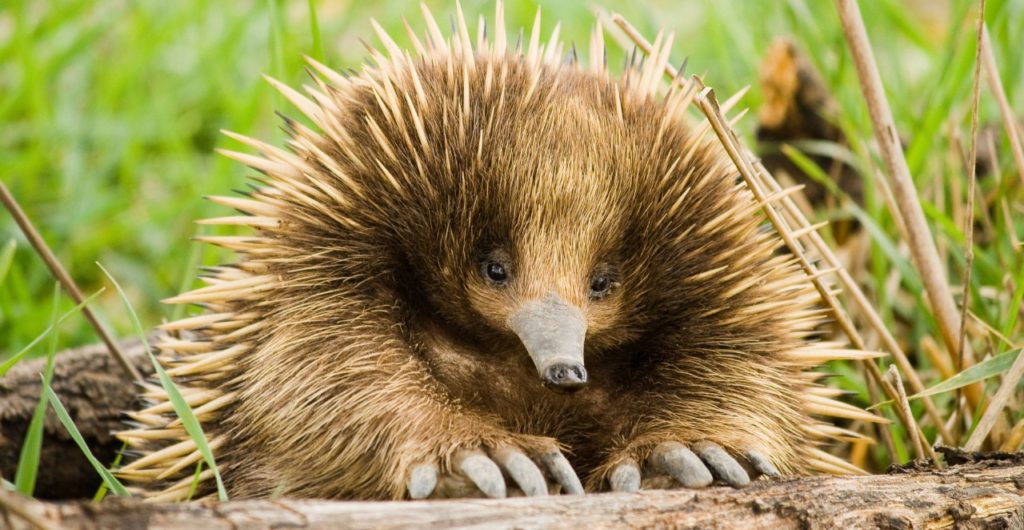By Zelie Anner FCLC 2020

Did you know that a male echidna has a four-headed penis? How about the fact that female wallaroos can mate with multiple male partners but hold onto the fertilized embryos until the previous baby has left the pouch? What about the reproductively senile dasyurids who stress themselves out to the point of starvation and death if they do not mate successfully?
There’s a lot to know about Australian wildlife. I did a two-week veterinary study abroad program in Australia two summers ago, and it was a once-in-a-lifetime experience. The program that hosted the trip is called Loop Abroad, and they have a variety of veterinary study opportunities available around the globe. The Australia trip was hosted at the Walkabout Wildlife Park, which is an education-based wildlife reserve in Calga. I went with a group of students from all over the United States, and we learned animal handling, conservation, and care. There was a classroom component to our training, wherein three amazing veterinarians provided lectures, as well as hands-on training directly from the park rangers.
Now, back to the important matters. We met and learned about many animals, but the most interesting are the marsupials and the monotremes. The distinctive characteristic of marsupials is that they carry their young in a pouch. Monotremes, on the other hand, lay eggs. The only extant (not extinct) monotreme species include the platypus and the echidna. While there are many species that are included in these groups, I will only focus on two.
Macropods, as the name suggests, are marsupials that have large feet. Other characteristics include prominent ears, herbivorous eating behavior, and a strong tail. The most famous macropods are kangaroos, though other notable groups are the wallabies and the wallaroos. When an egg is fertilized in a female macropod, the gestation period is much shorter than that of a placental mammal—generally one month. After this period, the tiny jelly bean joey climbs out of the three-in-one exit (cloaca), across the fur, and into the pouch (which covers the nipples). From there they finish development, sustained by the milk produced by the mother (which, by the way, has four different phases of lactation with varying nutritional compositions). If the mother undergoes extreme stress, she will eject the jelly bean joey from the pouch to conserve energy. At Walkabout Wildlife Park, a ranger told me that sometimes they duct tape the joey back to the nipple so the mother is forced to accept it again.
If you’ve never seen an echidna, they are adorable. Their large spikes might seem dangerous, but they are non-venomous and do not detach. When stressed, they curl up into a sphere and hope for the best. They have a few other strange anatomical features, including the ability to lay eggs and lactate without nipples. The eggs laid by echidnas are soft and stay in the mother’s pouch for almost two months. The hatching itself takes place about a week and a half after fertilization, producing a baby echidna called a “puggle.” When lactating, the puggle simply sucks milk out of the pores of the mother, kind of like sweating milk. Reproduction is equally bizarre. The male echidna penis has four heads, but only ever uses two at a time. This is because the female echidna has a two-branched reproductive tract. One scientist we visited at Taronga Zoo was studying the spines on an echidna penis in a petri dish with a microscope.
Of course, I learned more during this experience than just mating habits and reproductive anatomy. We took care of dozens of animals, learning about their nutrition, habitats, and endangerment. I shadowed zoo veterinarians and pathologists, learned how to make a blow dart for administering medications from a distance, and performed autopsies on kookaburras. Understanding the lives of unique animals is crucial for their survival and protection, especially in these times of extreme global warming. My summer in Australia opened my eyes to just how important these animals are. And, of course, how weird they are.